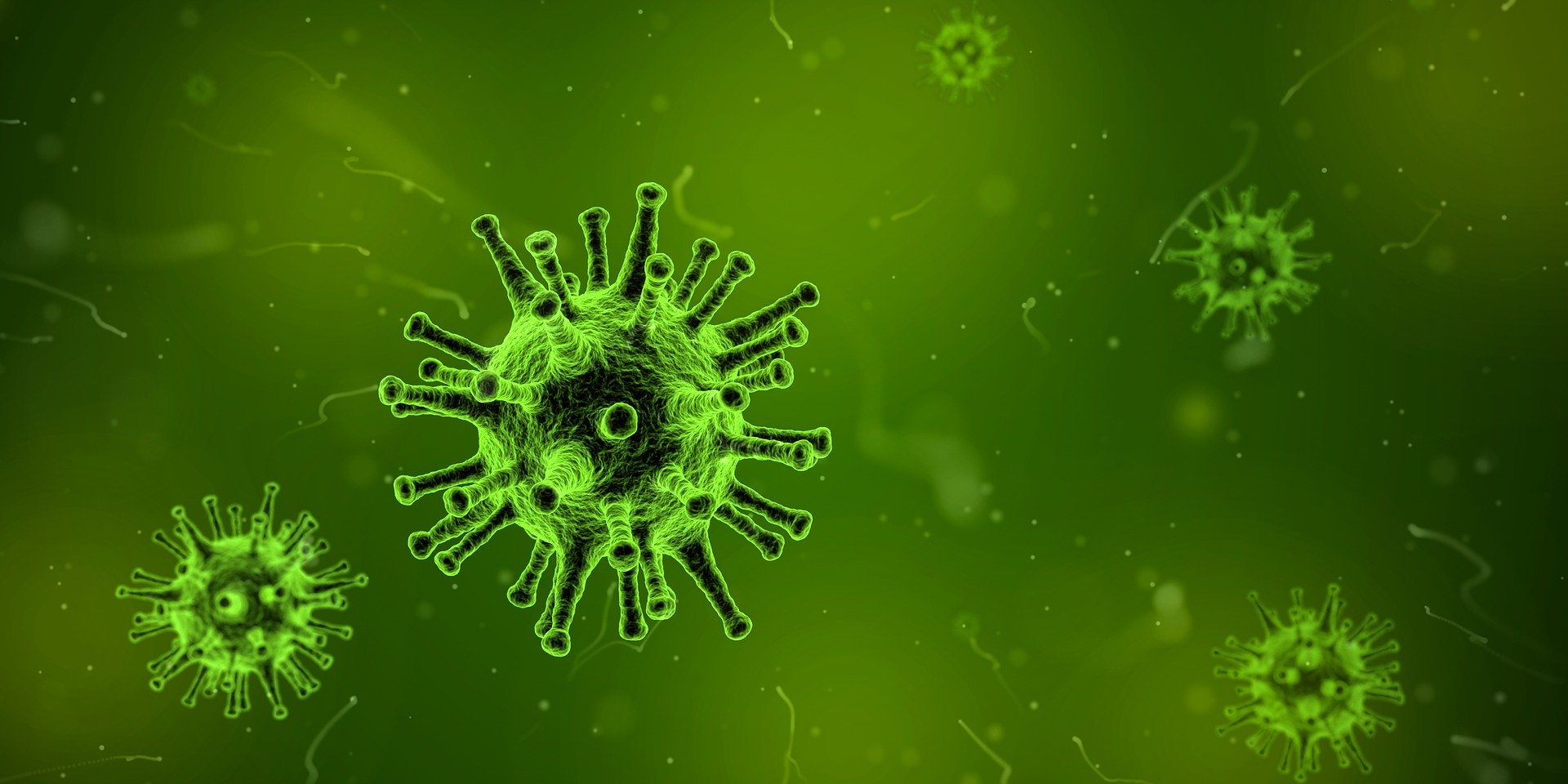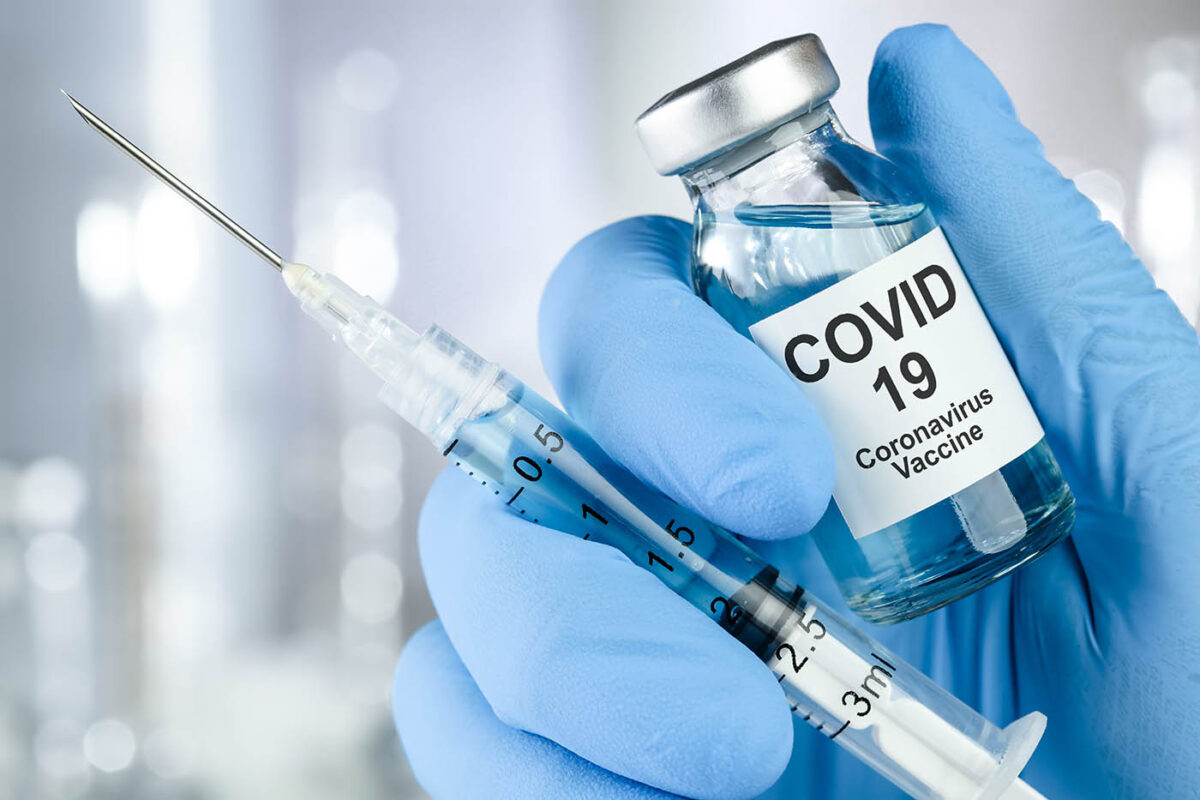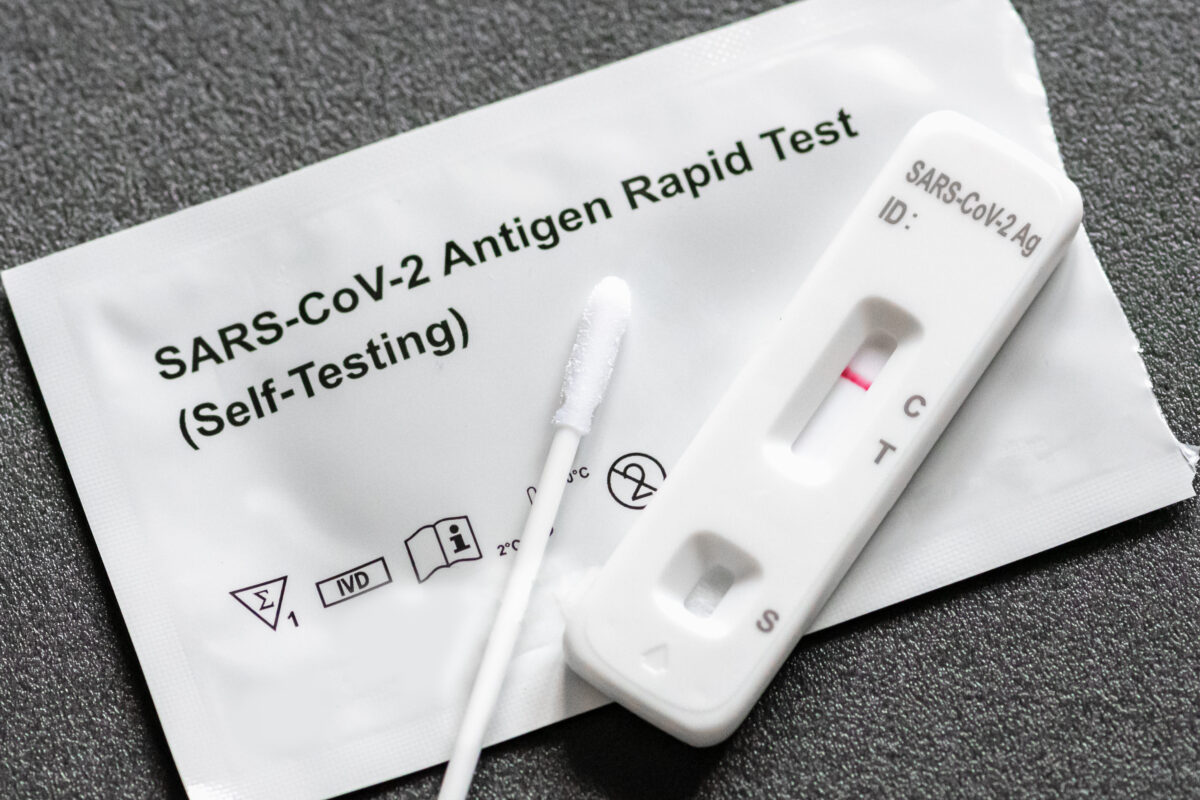See more definitions of terms and other information about the pandemic on our COVID-19 in Arkansas page.

In this installment in our series explaining key terms and phrases used by public health officials in discussions of the COVID-19 pandemic, we look at the term “reproduction number.”
In recent days, the growth in COVID-19 cases in Arkansas has accelerated, with new positive cases reported in a Thursday, May 28, press conference representing the highest single-day increase of community cases so far in the state. As we’ve discussed in previous posts, COVID-19 is highly contagious and creates ongoing concerns about community spread, raising the need for robust testing and contact tracing efforts to mitigate the impact in the state.
As researchers continue to study COVID-19 transmission, an important metric is the reproduction number, also expressed as “R0“ (pronounced as “R naught”). The reproduction number represents the average number of additional cases that a person with an infectious disease like COVID-19 causes during the period he or she is infected. The higher the reproduction number, the more difficult it is to control the spread of the disease. Researchers who study infectious disease use this metric to better understand the severity of an outbreak. This information can better inform public health strategy and measures required to lessen the spread of the novel coronavirus that causes COVID-19.
There have been various studies and models developed to assess the reproduction number of COVID-19, with early studies suggesting a reproduction number between 2 and 2.5. However, a soon-to-be-published study identifies this value as around 5.7.
Researchers must consider a number of factors in calculating a reproduction number. These factors can include an area’s population density, characteristics of the virus itself, and levels of immunity within a community from previous infections or vaccines. Regardless, adherence to social distancing measures, wearing of masks, good personal hand hygiene, and continued testing are needed to reduce the number of new COVID-19 infections.






